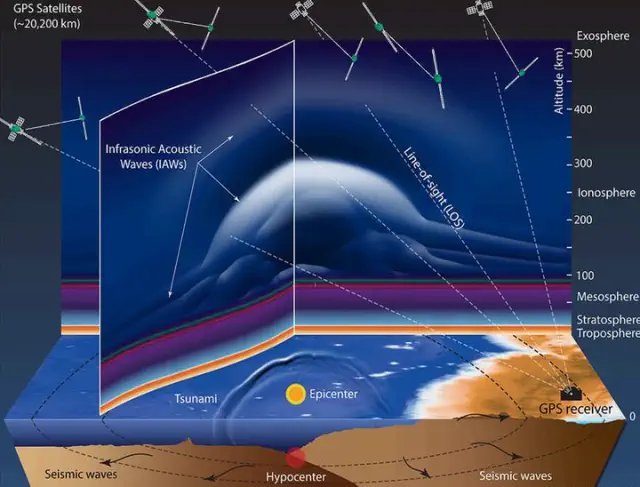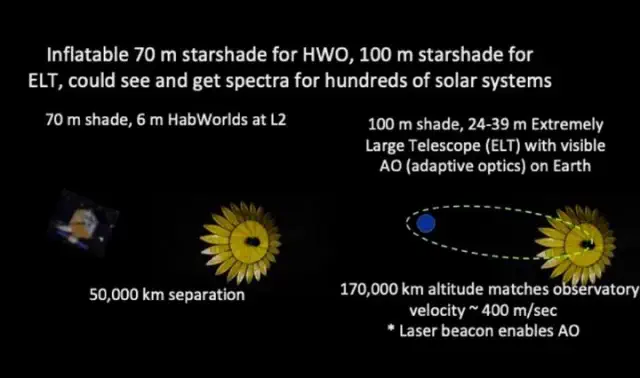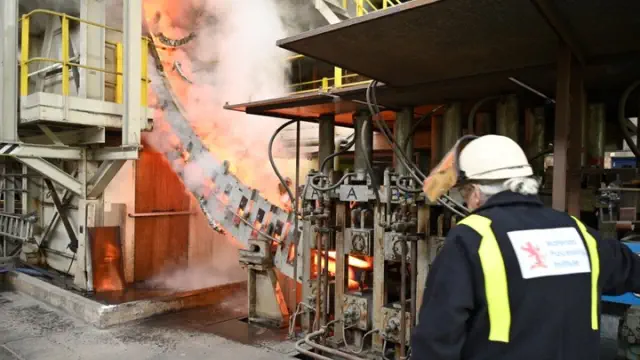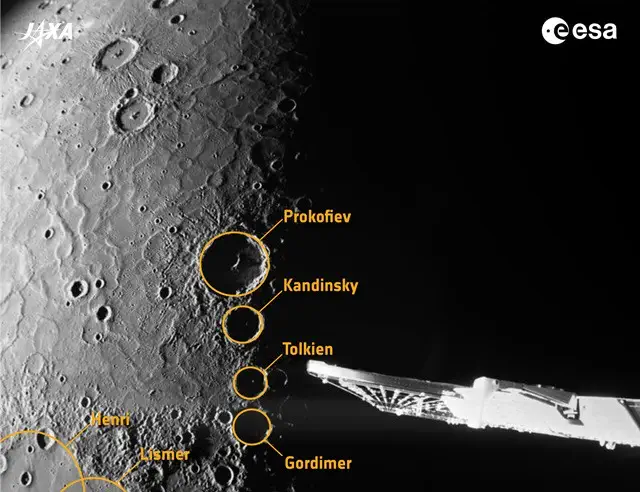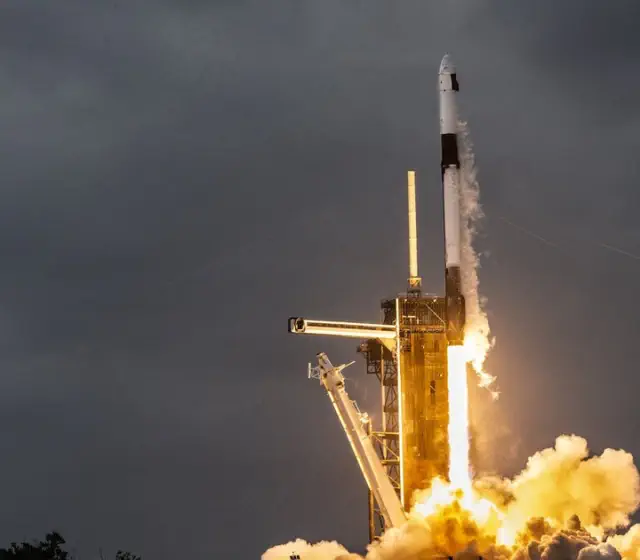
View pictures in App save up to 80% data.
Envision taking a leisurely walk through the breathtaking Italian Alps, where crisp mountain air revitalizes your spirit and the awe-inspiring landscape captivates your senses. Now, imagine discovering a concealed portal to Earth’s ancient history, revealing a world that existed long before dinosaurs graced the Earth. This remarkable experience unfolded for hiker Claudia Steffensen in 2023 as she ventured through the stunning heights of the Italian mountain range.
A Stone with a Tale to Share

View pictures in App save up to 80% data.
During a routine hike with her husband in the Valtellina Orobie Mountains Park in Lombardy in 2023, Steffensen stumbled upon something unexpected. What seemed to be an ordinary rock lying along the path concealed a fascinating secret. Upon examining it more carefully, she discovered peculiar circular patterns adorned with wavy lines etched into its surface. Captivated by this find, she quickly understood that these markings weren’t mere coincidences – they were the footprints of animals!
A Fortunate Discovery Unveils a Scientific Breakthrough
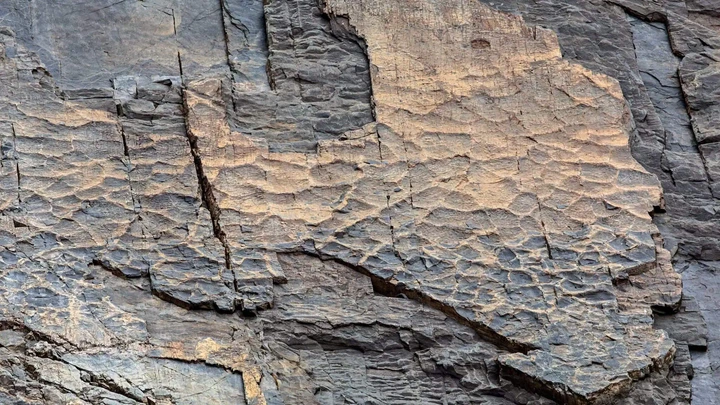
View pictures in App save up to 80% data.
Unsure of the significance of her discovery, Steffensen captured photos of the peculiar rock. These pictures would soon unlock a portal to a bygone era. She shared the images with her friend, a nature photographer, who, in turn, forwarded them to paleontologists at the Natural History Museum of Milan. The moment the experts saw the intricate details; their hearts skipped a beat.
The museum team swiftly recognized the footprints as those of beings that walked the Earth an astonishing 280 million years ago! This era, referred to as the Permian, predates the existence of dinosaurs. It represented a vital chapter in the evolutionary history of life on our planet.
The Reappearance of a Vanished Ecosystem
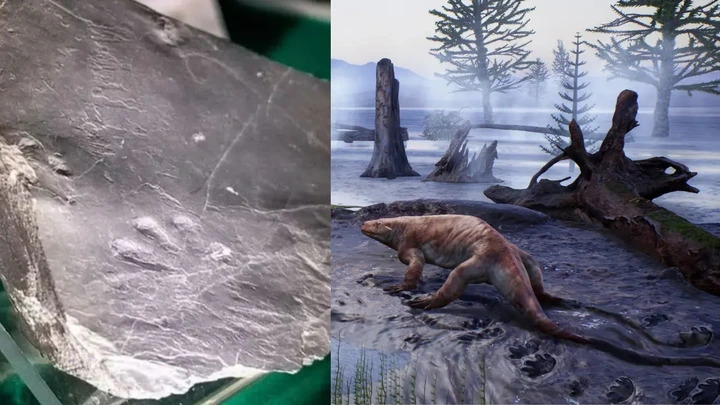
View pictures in App save up to 80% data.
The discovery of the first rock, dubbed “Rock Zero,” was just the beginning. Further exploration in the area revealed a treasure trove of fossilized tracks on slabs of sandstone. These weren’t just isolated prints – the site held the remains of an entire prehistoric ecosystem, preserved in remarkable detail. Further investigation revealed hundreds of other fossilised footprints t made by over five species of ancient reptiles, amphibians and insects.
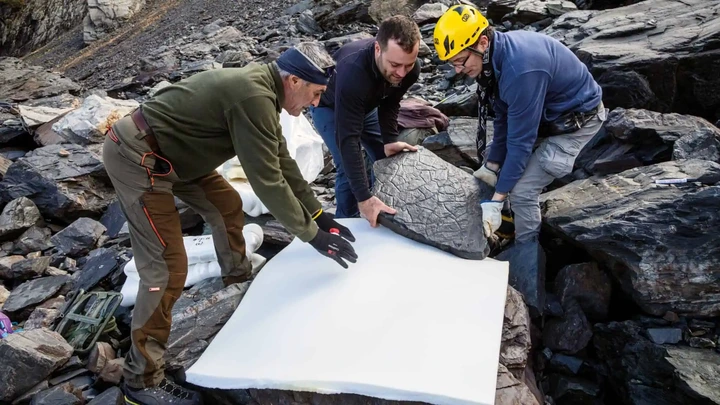
View pictures in App save up to 80% data.
The fossil evidence extended beyond mere footprints. Researchers discovered imprints of prehistoric vegetation, featuring seeds and stems, which shed light on the plant life that flourished in this ancient ecosystem. Additionally, the site revealed impressions of raindrops, providing valuable information about the climatic conditions during the Permian period.
In a twist of irony, the melting glaciers in the Alps, driven by increasing global temperatures, have unveiled this ancient realm. Although this finding marks a significant scientific achievement, it also highlights the profound effects humanity has on the Earth.
A Glimpse into History, Insights for Tomorrow
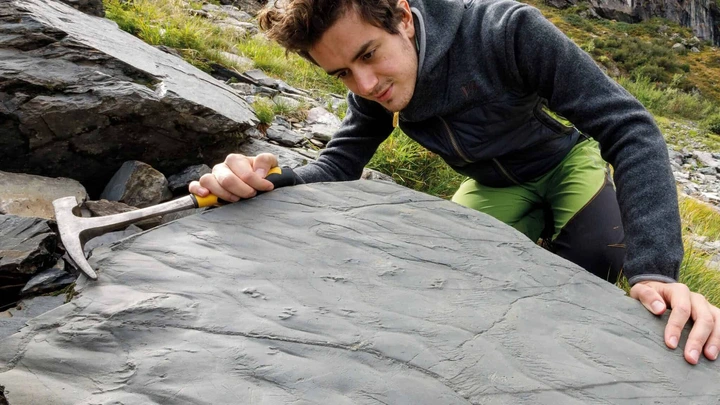
View pictures in App save up to 80% data.
Exploring this forgotten realm reveals insights into the fragile equilibrium of ecosystems and the significant transformations our planet has experienced over time. Gaining knowledge from these historical occurrences could yield important information about how Earth may react to present and upcoming environmental changes.
A Heritage of Exploration: Revealing the Mysteries of the Alps

View pictures in App save up to 80% data.
This remarkable discovery not only provides a glimpse into Earth’s distant past but also highlights the crucial role citizen science can play in uncovering hidden secrets. Thanks to Claudia Steffensen’s keen eye and the dedication of paleontologists, the Italian Alps have become a doorway to a lost world, forever enriching our understanding of life on Earth.




